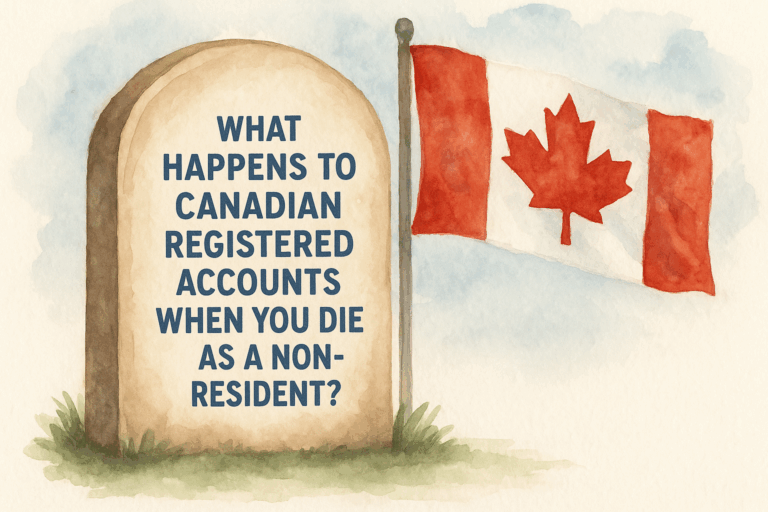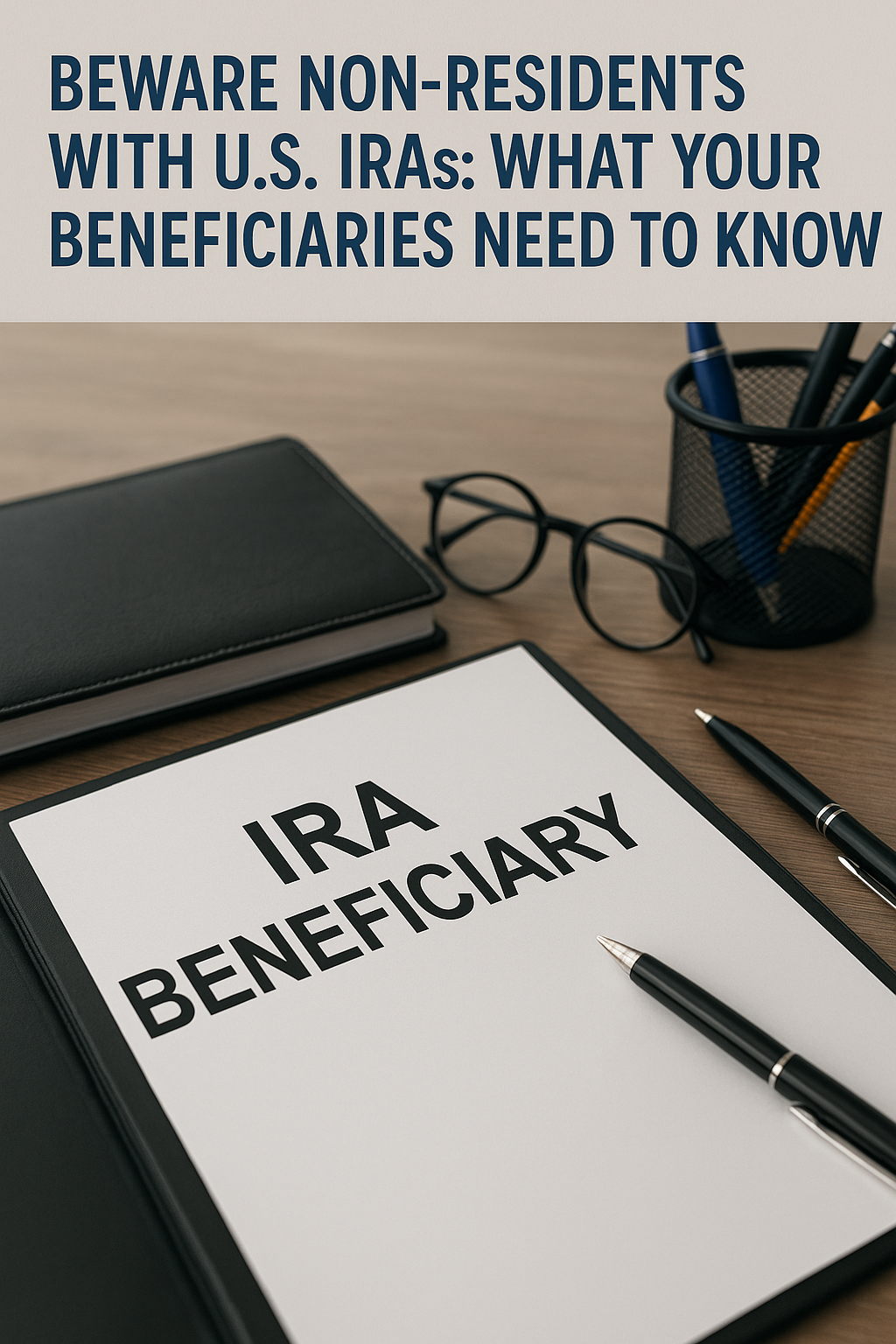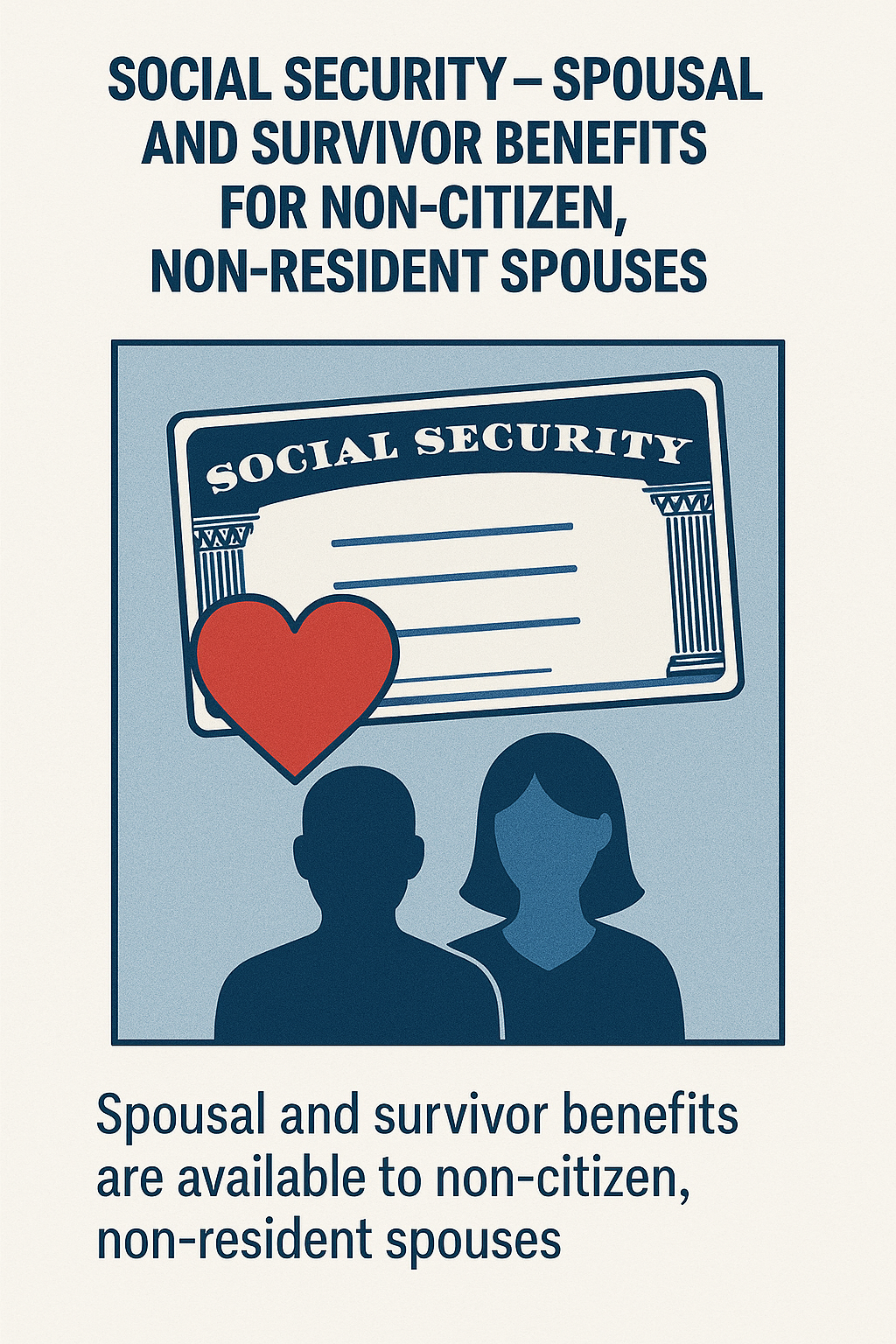Moving from Canada to the U.S. involves significant changes, especially concerning tax obligations. Severing tax ties with Canada is crucial to avoid being considered a Canadian tax resident and thus subject to Canadian taxes on worldwide income.
I’ve carefully detailed ways to ensure a smooth transition and establish residency in the U.S., minimizing dual taxation and simplifying tax responsibilities.
 alt="" />
alt="" />Severing Canadian Tax Ties: Key Steps
Primary Ties: Home Ownership and Family
One of the first steps is addressing primary ties. If you own a home in Canada, consider selling it before or shortly after moving. Holding onto property may signal the Canada Revenue Agency (CRA) that you remain a Canadian resident for tax purposes.
If selling is not an option, renting out the home might help sever this connection. Relocating your family is also crucial. If your spouse or children stay in Canada, it could indicate continuing ties, so moving them with you is recommended.
Secondary Ties: Banking, Memberships, Driver’s License
Secondary ties include several aspects. Close unnecessary Canadian bank accounts and transfer your funds to the U.S., keeping only those essential for convenience like accounts tied to Canadian pensions. Cancel any Canadian credit cards that don’t have equivalent U.S. versions.
Applying for a U.S. driver’s license and mailing back your Canadian license demonstrates your intent to change residency. After securing health coverage in the U.S., return any Canadian provincial health cards with a formal notification of your residency change.
Cancel memberships in Canadian organizations unless necessary for duties abroad. This includes gyms, clubs, or professional associations. If possible, request a non-resident status for professional memberships.
Plans for Personal Belongings and Services
Moving personal items like valuable collectibles or heirlooms to your new U.S. residence can further solidify your residency change. Establish banking and investment accounts within the U.S., and create an estate plan with a local attorney to align financial responsibilities with U.S. laws. Set up mail forwarding to your new U.S. address, notifying Canadian contacts about your relocation.
Formal Documentation
Maintaining documentation is vital. Keep records of everything done to sever ties, including property sales, health care cancellation proof, and notification letters to related organizations. This file will be useful if residency status is questioned by the CRA.
Managing Tax Obligations
 alt="" />
alt="" />Canadian Exit Tax and RRSPs
Handling taxes during this transition is complex. When leaving Canada, ensure you file necessary tax forms with the CRA by April 30 of the year following your departure. Most non-registered Canadian investments may face a “deemed disposition,” meaning they are treated as sold, potentially accruing capital gains taxes. This should be addressed in tandem with U.S. tax obligations to prevent excess liabilities.
For registered accounts like RRSPs, these are not deemed disposed upon departure, allowing them to grow tax-deferred while remaining in Canada—learn more in our detailed guide on RRSP Withdrawal Rules for Non-Residents. However, withdrawals will incur withholding taxes. Transitioning to cash in registered accounts resets the cost basis for U.S. tax purposes.
Notifying Canadian Financial Institutions
Communicate your new non-resident tax status to all Canadian financial institutions. Specify that you are subject to non-resident withholding tax under the Canada-U.S. Tax Treaty. This includes 15% on dividends and periodic pension payments, 0% on CPP/OAS payments, and a standard 25% on RRSP lump-sum withdrawals.
Frequently Asked Questions
What steps are necessary to declare non-residency in Canada?
To declare non-residency in Canada, I must sever my residential ties. This means I need to sell or rent out my home in Canada, close Canadian bank accounts, and move my family and personal belongings out of the country. It’s also important to inform the Canada Revenue Agency (CRA) of my move. If I’m uncertain, I can visit their page about determining residency status.
What are the implications of the U.S.-Canada tax treaty for someone moving to the U.S.?
The U.S.-Canada tax treaty is an agreement that helps to avoid double taxation for people like me who move between these countries. This treaty outlines which country has the primary right to tax various types of income. This means I might still have to pay taxes in Canada on certain types of income, but often at reduced rates.
How is ‘deemed non-resident’ status determined for Canadian tax purposes?
I can be considered a ‘deemed non-resident’ of Canada if I have stronger residential ties in another country that has a tax treaty with Canada. This status is not easy to achieve and requires proper documentation and proof of the move.
Are there specific examples that demonstrate residency status for Canadian tax purposes?
One example is if I keep a primary residence in Canada while living abroad; this could indicate that I am still a resident for tax purposes. Alternatively, if I only own a vacation property in Canada and live permanently elsewhere, this could support non-resident status. For detailed scenarios, I could refer to the CRA guidelines.
How does the ‘tie breaker’ rule apply for tax residency between the US and Canada?
The ‘tie breaker’ rule is part of the tax treaty between the U.S. and Canada, which is used to determine tax residency when I have connections to both countries. It considers factors like the permanent home, my center of vital interests, and habitual abode. This rule ensures that I am a tax resident in only one country at a time.
What are the tax responsibilities for Canadian citizens who live in the US but have Canadian investment accounts like an RESP?
If I live in the U.S. but hold a Registered Education Savings Plan (RESP) in Canada, I still need to report any income it generates to the IRS. Also, Canada may require me to report any withdrawals as part of my Canadian tax return, depending on my residency status. It is essential to consult with a tax professional for detailed advice.
Final Considerations
Navigating the cross-border move involves considerable planning and adjustments. Keeping detailed records, closing or adjusting accounts, and complying with both countries’ regulations ensure a streamlined transition.
Consulting cross-border tax advisors might be beneficial for addressing all facets, from banking transitions to more complex legal considerations. All these actions aim to simplify life in the U.S. and avoid unnecessary tax burdens.




